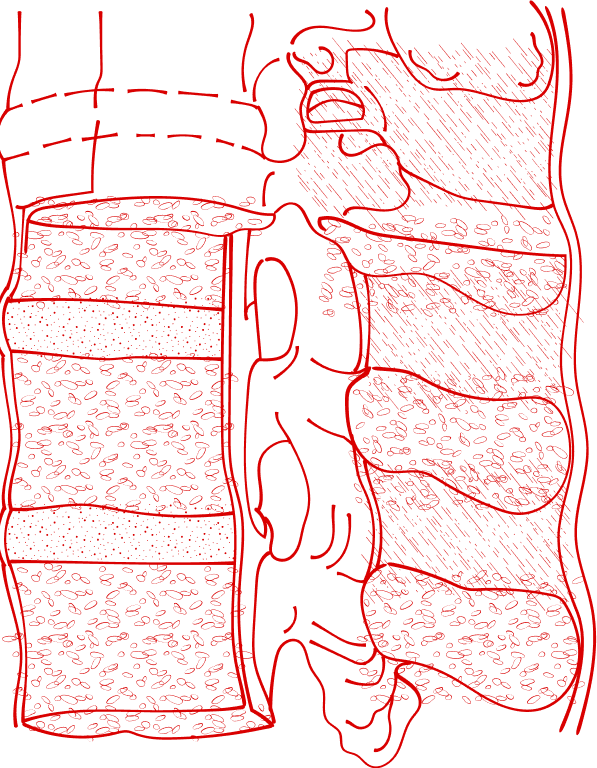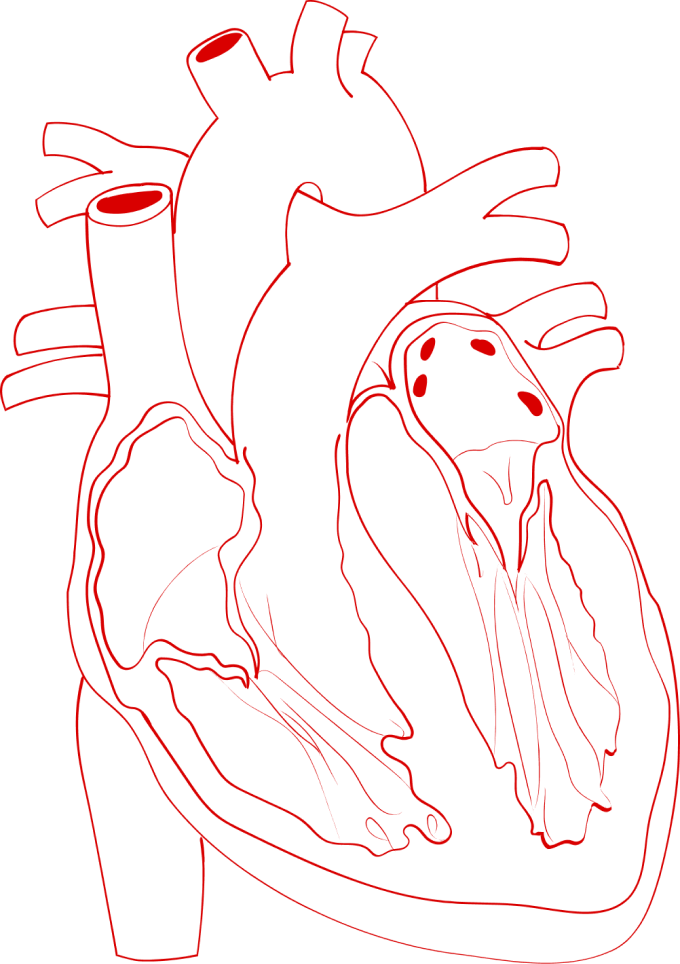Search


General Guidelines for Manuscript Formatting
Article manuscripts are written in Estonian or English and are submitted on the manuscript template provided by the Journal (Annex 1), using font type Times New Roman, size 12, line spacing 1.15, separating paragraphs by a free line with the same interval. The format of the whole manuscript should follow the same style and the same principles (e.g., regarding the lists, tables, figures etc.). Articles consist of the following parts: summary (keywords), introduction, method, results, discussion, conclusions, acknowledgements and references.
Summary. Each manuscript includes a summary in Estonian and a summary in English. The editorial board arrange the translation of summary into Estonian if the author(s) have no command of the Estonian language. Length: maximum 300 words. The structure of the article is followed in compiling the summary as follows: introduction, purpose, method, results, conclusion(s). On a separate line, at the end of the summary, 3 to 5 keywords are given that are commonly used in the field and highlight the context of the manuscript.
Introduction. This section is introducing the topic, stating the need for researching the topic/problem based on the appropriate current literature. The purpose or the hypothesis of the study is stated.
Methods. This section includes the description of the sample, the data collection methods and process (incl. the period of time and the location), the data analysis methods and process as well as the aspects related to research ethics. Manuscripts of review articles include the description of criteria used for searching and selecting literature sources, the characterisation and the total number of sources used.
If the work involves the use of human subjects, the approval of the research ethics committee should be obtained or justification provided, in the case the approval is missing. Informed consent application: all manuscripts that describe studies involving human subjects should include the following statement “Informed consent was obtained from all persons involved in the study” OR “Informed consent of the subject was not obtained due to THE REASON (a detailed justification should be provided)”.
Results. This section does not include the interpretation and opinions of the researcher, results are presented and illustrated according to the type of the manuscript. The sample is characterised and the main results presented. Essential numerical data are given in the form of tables and figures, avoiding the re-writing the same numerical data in the text. Duplicating the same data should be avoided. Statistical differences are given inside the tables/figures or below the tables (a corresponding comment is added in the table). A reference to the table/figure is made in the text. Results of qualitative research are illustrated with examples from interviews and/or presented in the form of schemes and figures.
Figures (photos, pictures, schemes, graphs) and tables should be understandable without additional explanations, reasonably formatted and in the best way illustrative. Figures and tables are numbered with Arabic numerals, placed close to the parts of the text that refer to them for the first time. A smaller font size (9 to 11) and line spacing 1 can be used for figures (.jpg, .xlsx or .tiff, with picture resolution 300 DPI) and tables (.xlsx or .docx), they may be in landscape format. A title is placed above the table, below the figure or on the right of the figure. The title should inform about the content of the illustrative material without the need to read the text.
The results can be combined with discussion in one and the same section regarding the manuscripts of review articles.
Discussion. This section highlights the relevance and practical application of the main results, connecting the results with theoretical principles and prior research results; providing and justifying the differences and similarities of the results; explaining whether the results prove or do not prove the hypothesis and showing the potential reasons for that. The analysis of the strengths as well as the weaknesses and limitations of the study is given at the end of discussion.
Conclusions. In this section an answer to the stated purpose is formulated; the hypothesis was proven or not proven. If needed, future research areas are highlighted.
Acknowledgements (incl. funding support). Participants in the study, the contributors who supported the conduct of research, foundations etc. are acknowledged in this section. All financial sources and grants that funded the study should be presented, using the full names of funding organisations. For example, “No external funding was used for the conduct of this research”, “The research was funded by “name of the funding organisation”, grant number …”.
References. This section includes the sources that have been referred to in the text.